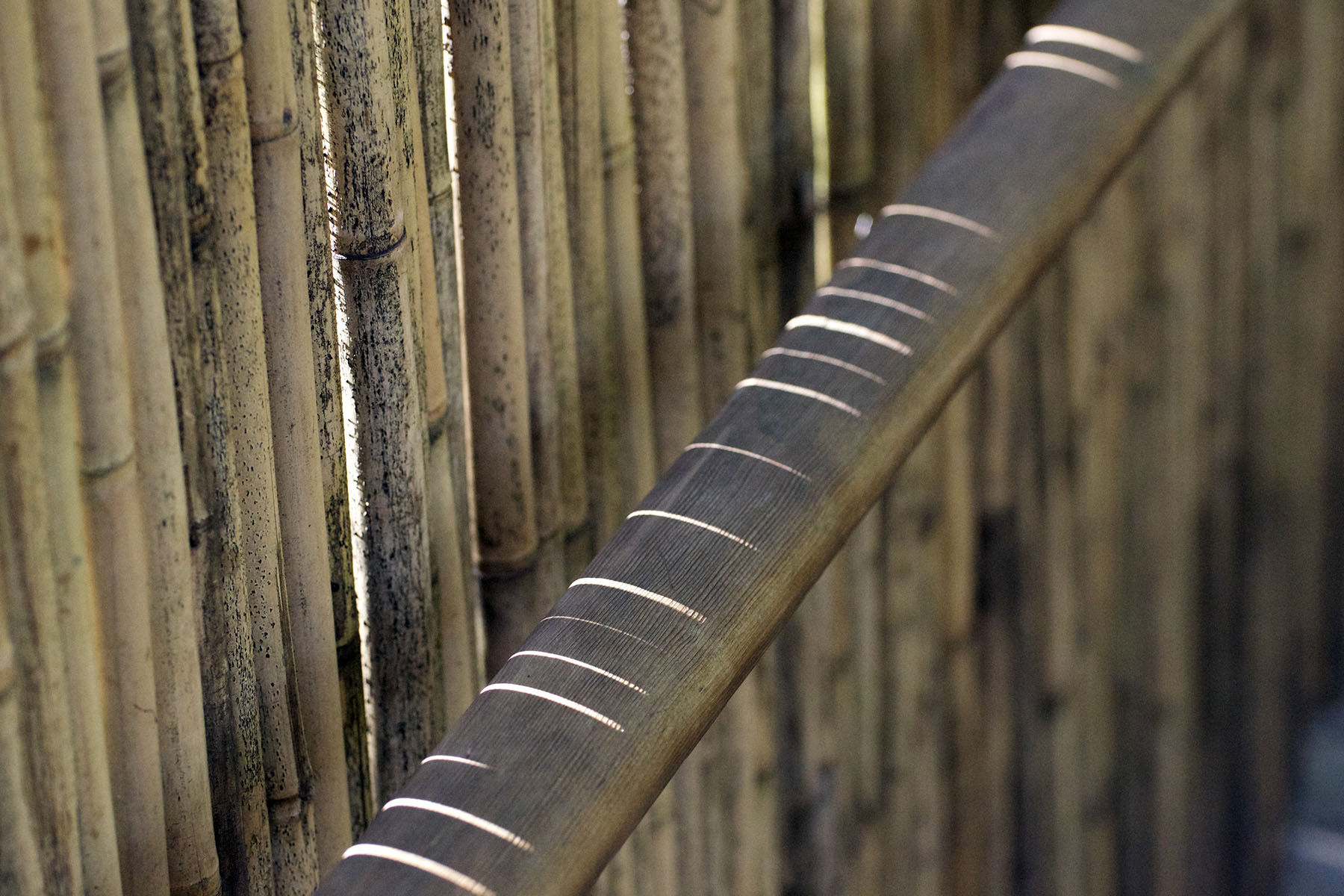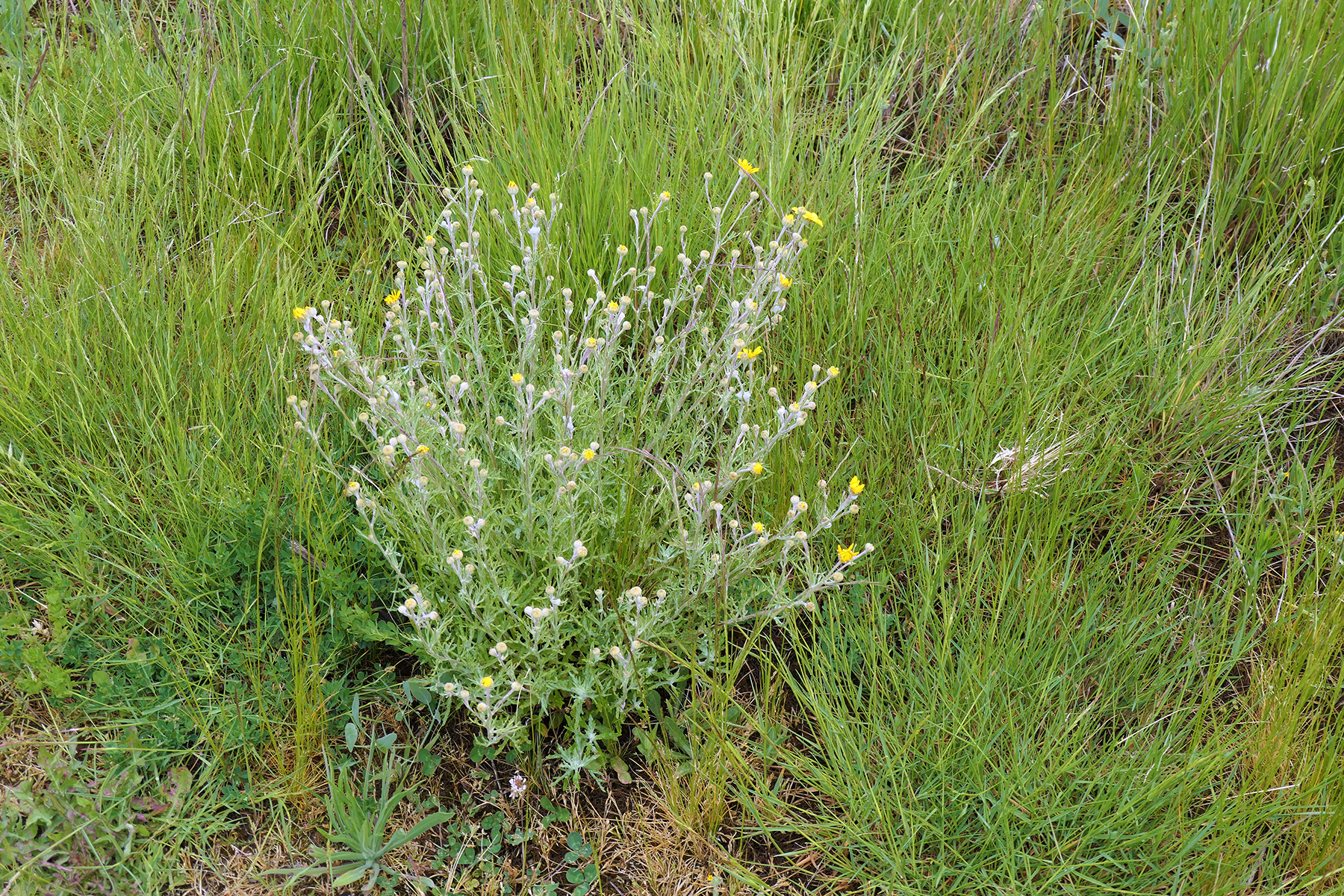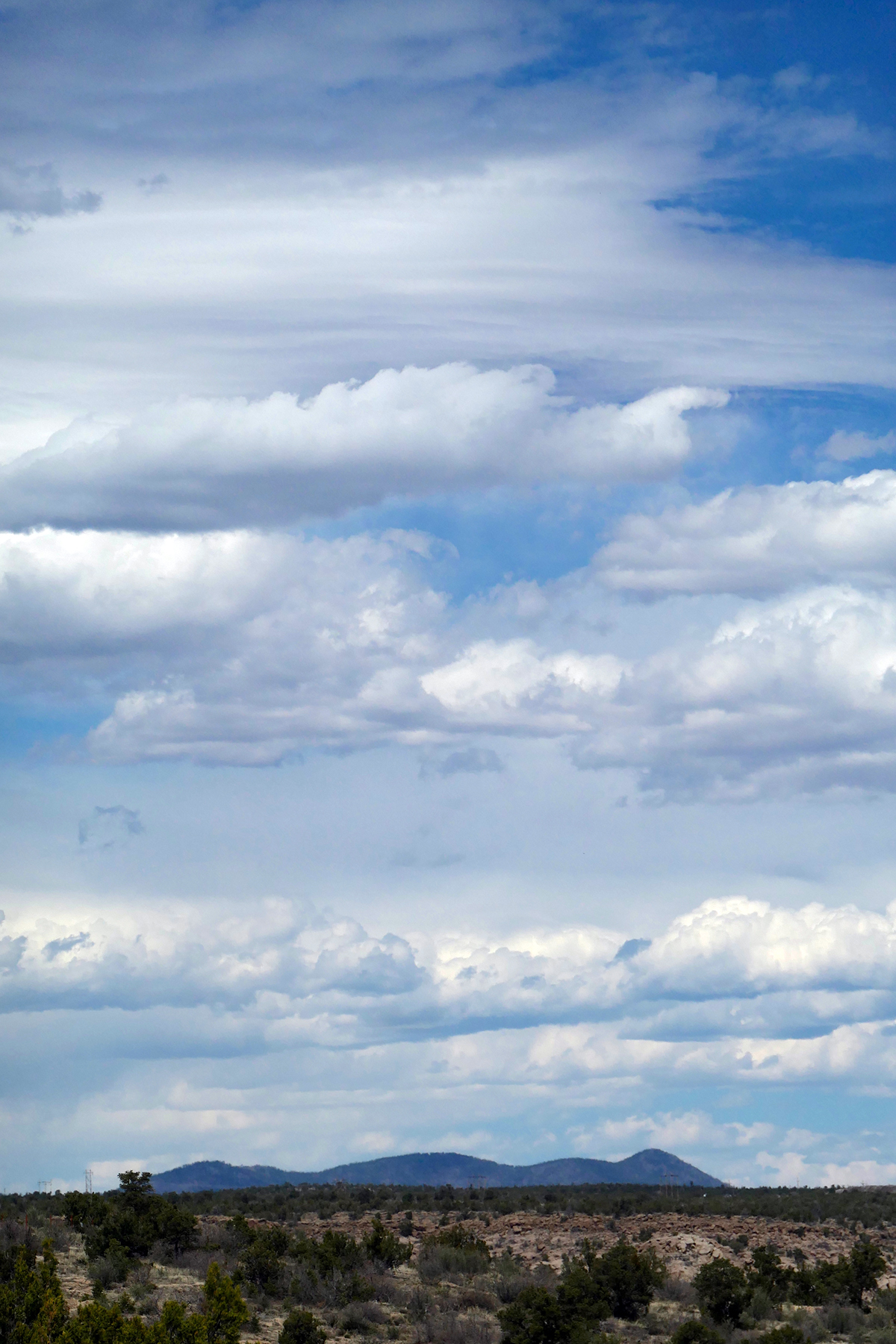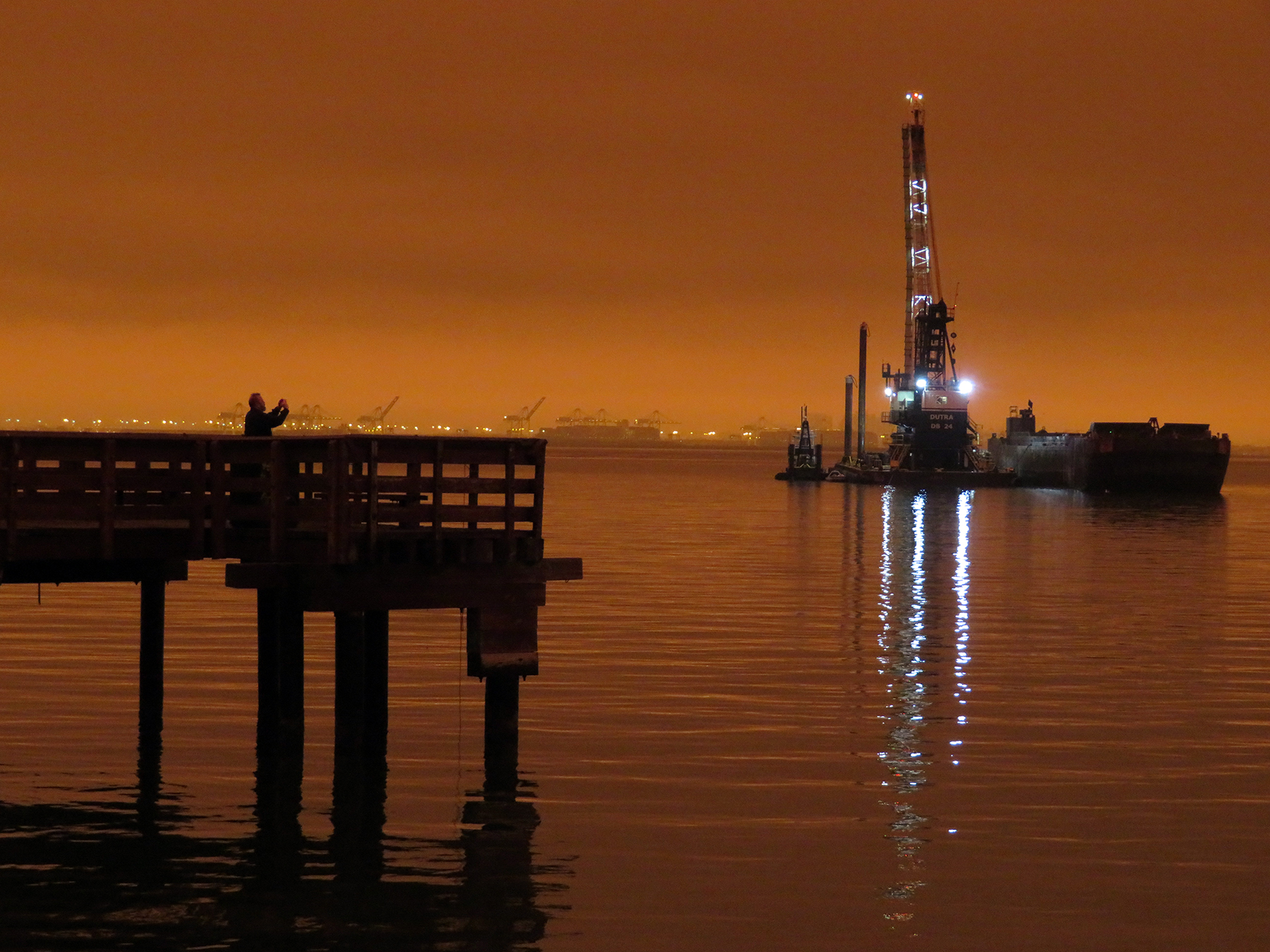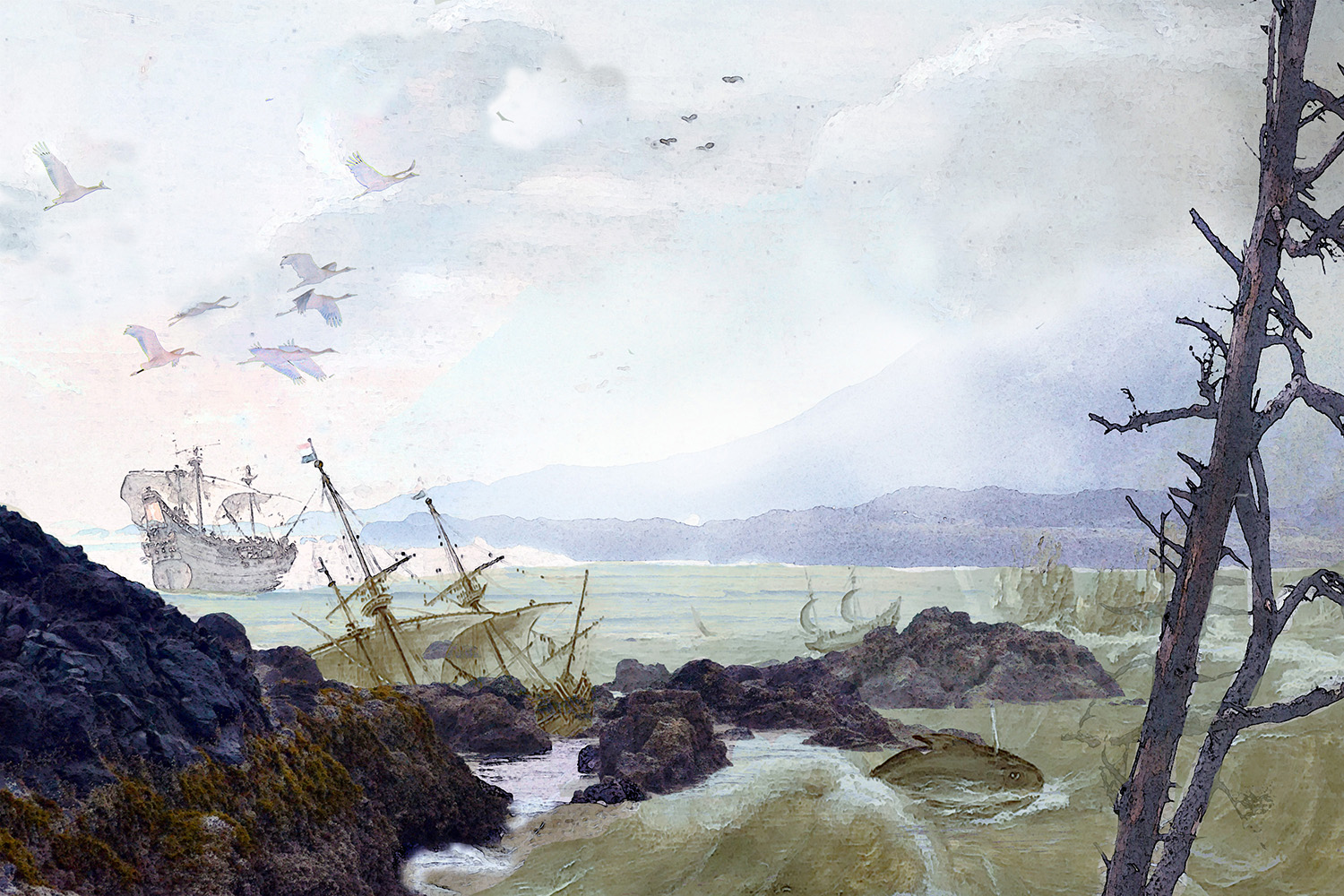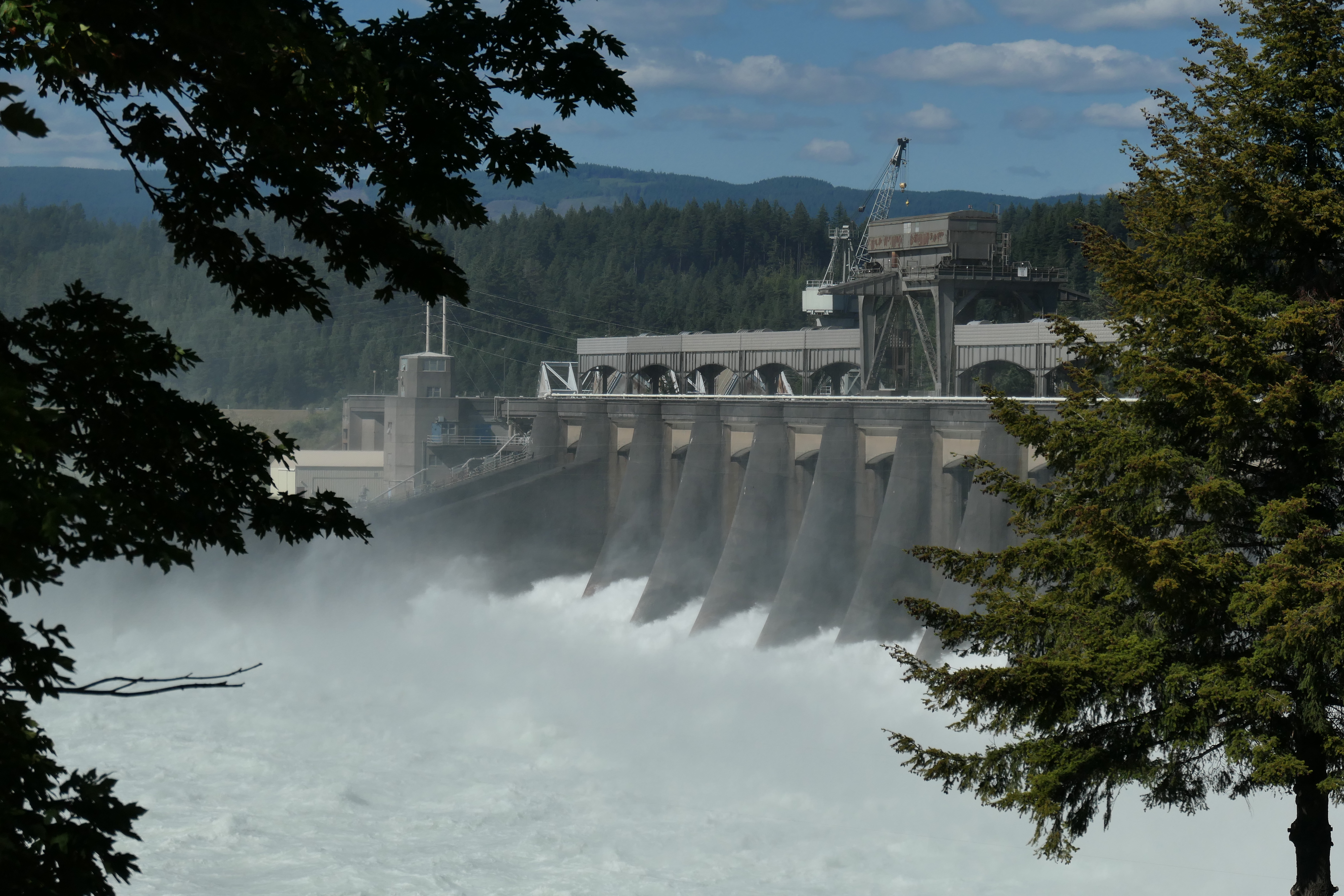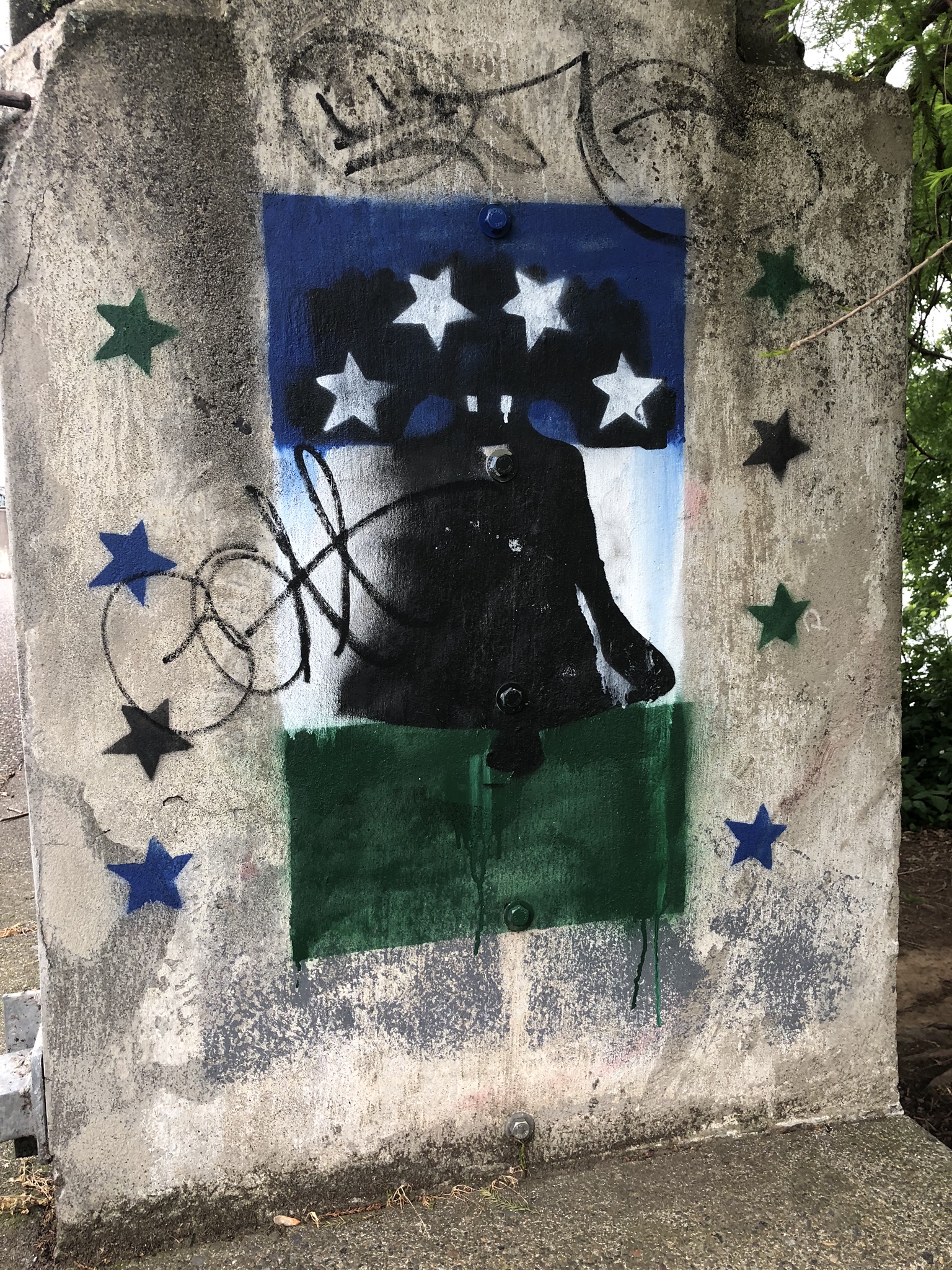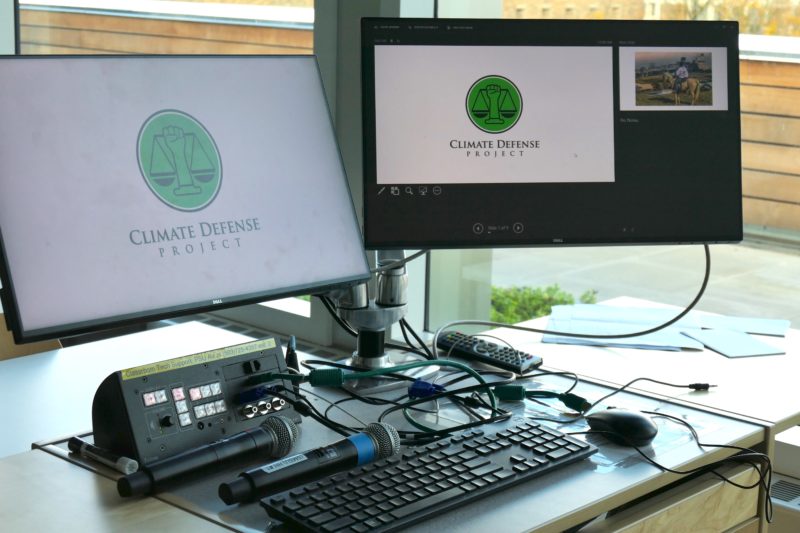You might remember that I don’t watch sports. Not even the Olympics. I, like everyone else, however, cannot escape images that appear in the media, and my eye was drawn to Kengo Kuma’s wooden architecture of the Tokyo stadium.
A day later the German magazine Der Spiegel provided more background on the architect who has made his mark all over the world with wooden construction, or as the article waxed poetically: created symphonies composed of wood.

His work is indeed pretty spectacular, both in its diversity, its technological innovation and in his continual referencing of contextual features of the landscape or the history in which these new buildings are embedded. The NYT wrote about him extensively three years ago, hailing him as an architect of the future. Our very own Japanese Garden here in Portland is also graced by one of his designs, part of the new Cultural Village. I have not been there since it re-opened after construction and learned today that already repairs are underway.
” We are currently conducting some repairs in the Cultural Village, so the Jordan Schnitzer Japanese Arts Learning Center and Fukuta Concierge Desk are temporarily closed. Thank you for your understanding.

Photographs of the building then have to be found here, while mine captured wood on the grounds of the garden in former years. It is interesting to note, though, that some kind of technological wizardry is always smuggled in despite traditional appearances.
“The (building’s) eaves appear to be clad in razor-thin slabs of stone but, in reality, they are constructed of marine-grade aluminum panels, printed with hi-resolution images of granite. Each has been treated with eight coats of Lumiflon, a clear resin which will prevent the photographic finish from weathering.”

Here are some images of Kuma’s ingenuity across the globe.
https://e360.yale.edu/features/as-mass-timber-takes-off-how-green-is-this-new-building-material








You would think that building with wood is indeed the way to go if aiming for sustainability and reducing our carbon foot prints, heavily impacted by cement and steel.
Claims are proliferating: It can save the planet! It is the hottest new thing! In fact people are proudly announcing sustainability as an asset to selling condominiums in wooden-clad buildings, right here in Portland, OR. The 8-storey Carbon12 building gives you a song and dance about that in their short advertisement video, which you can see here.

Not so fast, alas.
Let’s forget about things that go wrong just because a new trend still has growing pains, like the collapse of an Oregon State University project due to inadequate glue, a project that was heavily supported by the timber industry hoping for revitalization. A more lasting problem is the fire risk posed by large wooden structures, like 18 storey-high planned buildings in urban areas. Firefighting unions across the country are signaling opposition.

The bigger question is whether the claims about sustainability are indeed correct. (I am summarizing arguments from a yale.edu article here.) The hope is that global commercial construction can be turned from a giant source of carbon emissions into a giant carbon sink by replacing concrete and steel construction with mass timber. That does depend, however, on how forests that produce mass timber are managed, and how much CO2 would be emitted in the logging, manufacture, and transport of the wood products used in the construction. According to folks from the Center for Sustainable Economy as well as researchers in forestry departments across the country we simply dont have all the necessary data. Just as a local example, the forest product industry here in Oregon is the largest source of CO2 emissions, because of fuel burned by logging equipment and hauling trucks, the burning of wood, and the decomposition of trees after they are cut. In addition, any analysis of CO2 must account for how much the forest is taking up before and after logging, data we simply don’t have. Nor do we know how long the timber products in buildings will last and where they will end up when being replaced, producing Co2 in their own decomposition.
Here is a recent letter by representatives of numerous environmental groups, including the Audubon Society, the Sierra Club, and Oregon Physicians for Social Responsibility, that listed a large number of concerns, including fears of more aggressive clearcuts, and selective planting of suitable building timber that would lead to a huge loss in biodiversity, never mind increasing the spread of fires in a too hot world. It is really one of these issues that is so much more complex than it looks at the outset when we are desperately looking for alternatives to the ways we have been polluting the environment until now. And of course the science alone will not decide – there are economic considerations as well, as lobbying efforts by powerful constituencies are part of the mix. Not out of the woods yet.

One thing we do know for sure, though: do due diligence before you buy a condominium, no matter how it’s built, with weakening concrete, or mass timber. Reasons were laid out in the recent NYT, linked to below.
On that note, let’s listen to Liszt. The piece is called forest murmurs, but could as well be the water drowning your apartment…. ok. Let’s be more optimistic. Here is Schumann and his forest scenes instead. Into the woods!

